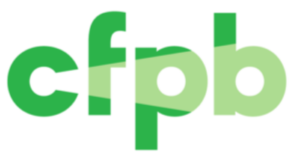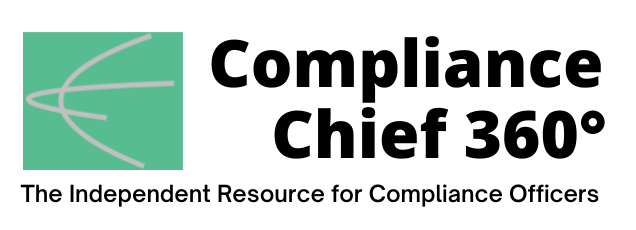
In 2010, in response to the financial crisis, Congress passed the Consumer Financial Protection Act (CFPA) creating prohibitions on abusive conduct. The CFPA tasked the CFPB, federal banking regulators, and states with responsibility to enforce the prohibition and put the CFPB in charge of administering it.
The CFPB said the new policy statement will assist consumer protection enforcement authorities in identifying wrongdoing and aim to help mitigate abusive acts or practices in the financial services industry. “In response to the predatory mortgage lending practices that drove the financial crisis, Congress banned abusive conduct in consumer financial markets,” said CFPB Director Rohit Chopra. The CFPB’s guidance will “provide an analytical framework to help federal and state agencies hold companies accountable when they violate the law,” he said.
The policy statement builds on the agency’s actions and “summarizes for the market, in clear and simple terms, the meaning of the statutory prohibition on abusive conduct,” the CFPB stated.
Specifically, in its policy statement, the CFPB described two abusive prohibitions under the CFPA. Conduct is an abusive act or practice when it (1) materially interferes with the ability of a consumer to understand a term or condition of a consumer financial product or service; or (2) takes unreasonable advantage of a lack of understanding on the part of the consumer of the material risks, costs, or conditions of the product or service; the inability of the consumer to protect the interests of the consumer in selecting or using a consumer financial product or service; or the reasonable reliance by the consumer on a covered person to act in the interests of the consumer.
The CFPB said the statutory text of these two prohibitions can be summarized as “obscuring important features of a product or service; or leveraging certain circumstances—including gaps in understanding, unequal bargaining power, or consumer reliance—to take unreasonable advantage.”
The guidance goes into further detail about what constitutes “material interference” and “unreasonable advantage,” offering examples of each. One notable example is the CFPB’s reference to “digital dark patterns,” a key focus area of the Federal Trade Commission as well.
“Digital interference can include impediments to a person’s ability to see, hear, or understand the terms and conditions when they are presented to someone in electronic or virtual format,” the CFPB said in the policy statement. “This form of interference includes but is not limited to user interface and user experience manipulations such as the use of pop-up or drop-down boxes, multiple click-throughs, or other actions or dark patterns that have the effect of making the terms and conditions materially less accessible or salient.”
Financial firms should review the policy statement to ensure they are not engaging in any abusive acts or practices cited in the guidance. The CFPB is seeking public comment on the policy statement until July 3. ![]()
Jaclyn Jaeger is a contributing editor at Compliance Chief 360° and a freelance business writer based in Manchester, New Hampshire.

